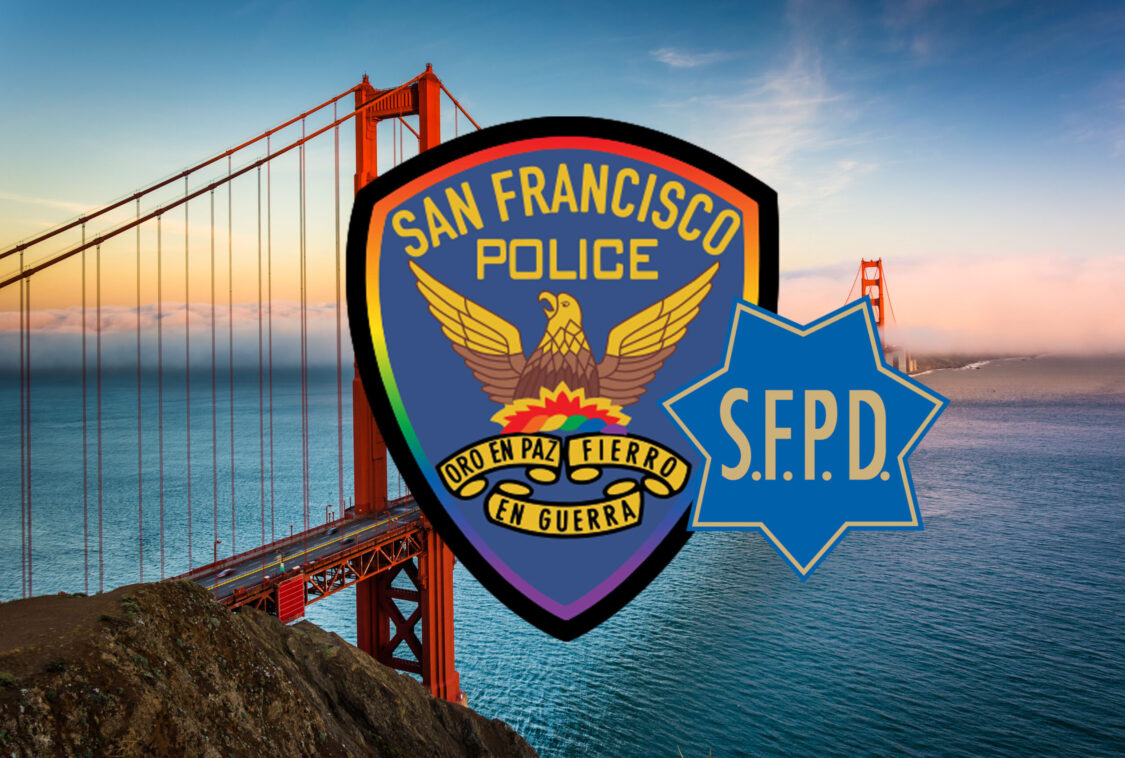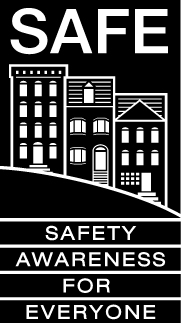Chief Scott Hosts Second Citywide Public Safety Meeting of 2022

In a major show of community policing at its finest, San Francisco Police Department (SFPD) Chief Bill Scott, his department leadership and SF SAFE met with more than 100 community members on April 25 for the second Virtual Citywide Public Safety Meeting of 2022.
The meetings, which are hosted quarterly by the chief on Zoom, give the SFPD leadership, SF SAFE and community members an opportunity to directly interact surrounding safety-centric issues in local neighborhoods and citywide.
Chief Scott offered a warm welcome to community attendees and thanked everyone, including SF SAFE for being there. “We want to know how we can work with you all from the community to solve some of these problems and put our city in a better position to be the safest city that we can make it,” he said, adding, “It all comes together when we work together.”
Quick introductions followed, including Deputy Chief David Lazar, Commander Daryl Fong, Commander Rachel Moran and the SFPD district station captains: Captain Ng, Central; Captain Falvey, Southern; Captain Maron, Bayview; Captain McEachern, Mission; Captain Jackson, Northern; Captain Pedrini, Park; Captain Caltagirone, Richmond; Captain Lew, Ingleside; Captain Vintero, Taraval; and Captain Canning, Tenderloin. SF SAFE team members Genya Yeung, Kelly Black, Art Campos and Furlishous Wyatt were also introduced to community members, as Executive Director Kyra Worthy worked behind the scenes.
The chief then returned to the forefront of the conversation, noting that a significant amount of the pre-meeting questions posed by community members surrounded the topic of SFPD staffing levels. Cutting to the chase, he said, “The bottom line is we are terribly short.”
Chief Scott shared that the latest report by Matrix Consulting Group analyzing the appropriate staffing levels for the SFPD, recommended that 2,182 officers would appropriately cover the city’s safety needs. With the SFPD’s current staffing level in “the mid-1,600s” per the chief, they are currently about 500 officers short of that goal.
The chief shared that interest in joining the department—as well as others nationwide—has waned in the wake of the George Floyd trial and “fluctuates depending on sick and military leave and resignations, retirements and that type of thing,” he said. Amid low staffing levels, the department has “made adjustments” such as centralizing its teams, cutting down on community engagement, prioritizing calls (with “c” priority calls being where the SFPD struggles the most) and generally “moving things around to make things work.”
Noting that the SFPD handles hundreds of thousands of calls annually, the chief said that the department’s officers are “working very hard” and also “working a lot of overtime.”
Coupled with the aforementioned adjustments, Chief Scott indicated that the SFPD’s recruiters have been in overdrive, reaching out via social media, TV, videos, job fairs (locally and nationwide), nurturing applications, focusing on retention and employing other recruiting tactics.
When it comes to what community members can do to help in this area, the chief was clear. “It helps when the community shines a positive light on this profession,” said Chief Scott, who emphasized that the SFPD wants to be accountable for its work, but also supported.
Given the pre-meeting community questions regarding SFPD staffing levels, it came as no surprise that recruiting suggestions were a popular topic of conversation when the department station captains headed up individual breakout sessions with community members.
Captains in every single breakout session addressed the issue, with Captain Falvey of the SFPD Southern Station reporting at the end of the Citywide Meeting that community members suggested engaging long-game recruiting strategies “that put cops in front of kids,” such as various events and the PAL Cadet Program. Along this same thread, Captain Vintero of SFPD Taraval received public feedback suggesting that having SFPD resource officers at high schools could help with recruiting, while Captain Caltagirone of Richmond Station also received suggestions to pursue SFPD recruiting at colleges and universities.
The community engaged with the SFPD leadership and SF SAFE staff on more than the issue of recruiting officers. Captain Maron of the SFPD Bayview Station received positive feedback regarding the foot and bike beats on the Third Street corridor, and also discussed personal safety tips via SF SAFE’s Furlishous Wyatt and the Street Crisis Response Team’s work with the police department—including “the benefits that they provide to the community and the relief that they provide for us in the police department,” said Captain Maron.
For its part, SFPD Mission Station’s breakout, headed by Captain McEachern, found that graffiti was a hot topic among its participants, including how everyone can work together to identify those doing it. The captain clarified that the difference between graffiti and art “is basically asking for permission to put your artwork on somebody's building.” They also discussed actively recruiting for the civilian Police Service Aids Program and working collaboratively to address illegal street vending.
Captain Jackson of SFPD Northern Station said that their breakout session included listening to business owners’ concerns and discussing “creative ways to collaborate with the small business community.” Ideas surrounded good communication, relationship building and “getting out to meet the business owners” and “actively following up on some of the incidents of burglary or theft from the stores.” He added, “We also talked about what steps can be taken to increase safety.”
During SFPD Park’s community conversation, Captain Pedrini said that SF SAFE’s Art Campos gave the group some helpful safety awareness tips and he encouraged them to use the organization’s “website resources.” Among other items, such as crime and preventative measures, they also talked about engagement and volunteer opportunities such as ALERT, CPAB, reserve officers and PAL cadets.
Captain Lew of SFPD Ingleside Station’s community discussion echoed SFPD Mission’s conversation in the area of graffiti, including “how it makes people feel bad about their neighborhood,” he said, adding that they also discussed how people can get involved—such as via Neighborhood Watch Groups—to help with preventative measures. Community members told the captain that they want to “come into contact with cops not only at traffic stops.”
SFPD Central Captain Ng was brief in his comments, but said that the group had a “great conversation on crime and staffing and recruitment and retention—all big issues and some challenges that we're dealing with across the department.”
SFPD Tenderloin Station’s conversation, guided by Captain Canning, was a “small and intimate” discussion that touched on many of the challenges the Tenderloin is facing. “One thing that we really are able to identify as sort of the key foundation of how to address the myriad challenges that the Tenderloin has, and quite frankly, any neighborhood or district in San Francisco, is through relationship building,” said the captain. They discussed, that through building relationships, “we are able to develop trust with one another,” he added. “We're able to identify how we are all wanting and working towards the same thing and coordinating our efforts to find the right people to
address the right challenges and problems [and that] this is the way that we are able to work towards a safer community.”
Want to be a part of the next Virtual Citywide Public Safety Meeting? Follow @SFPD and @SFSAFE on social media to stay updated on the date of the next community meeting, as well as other safety-centric news.
